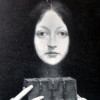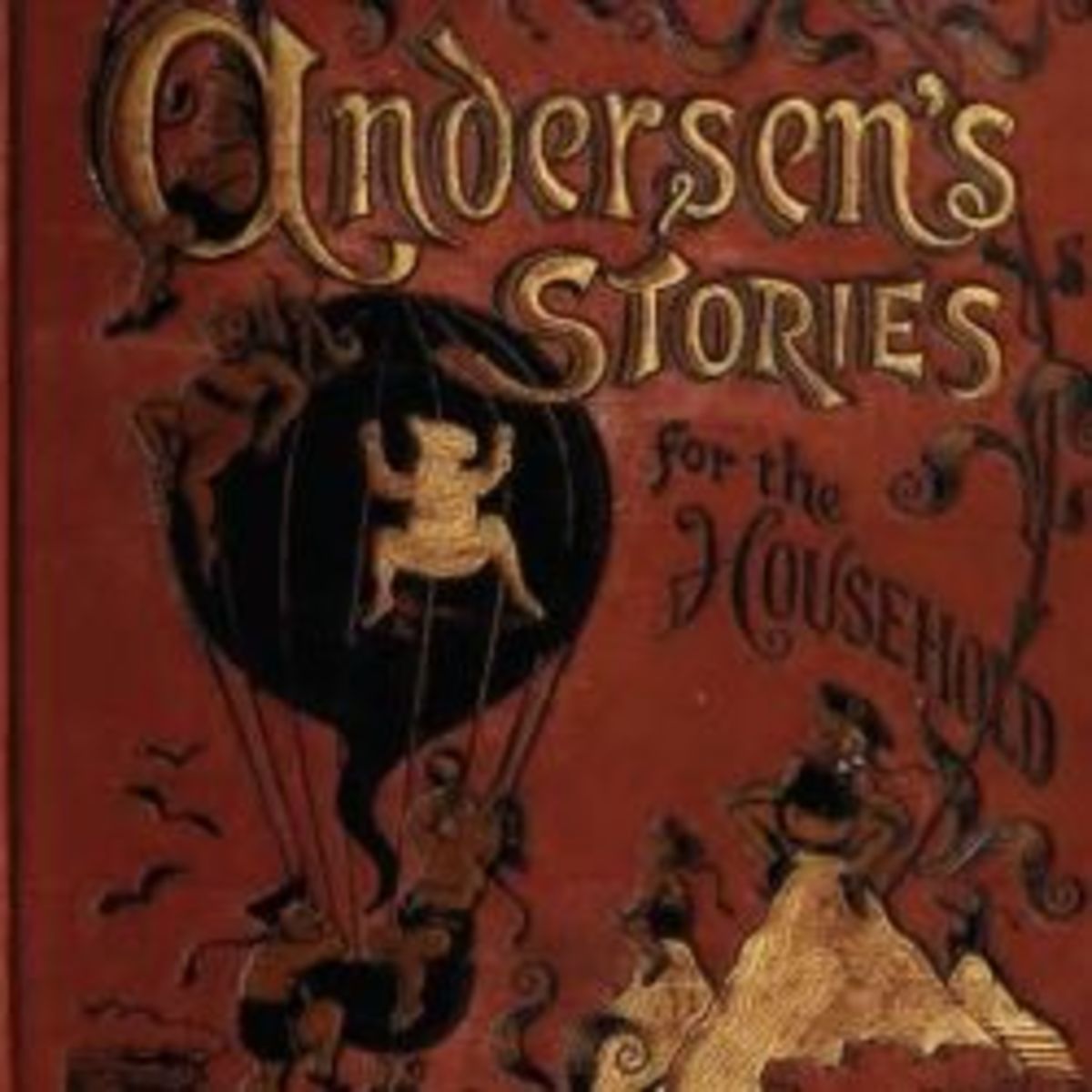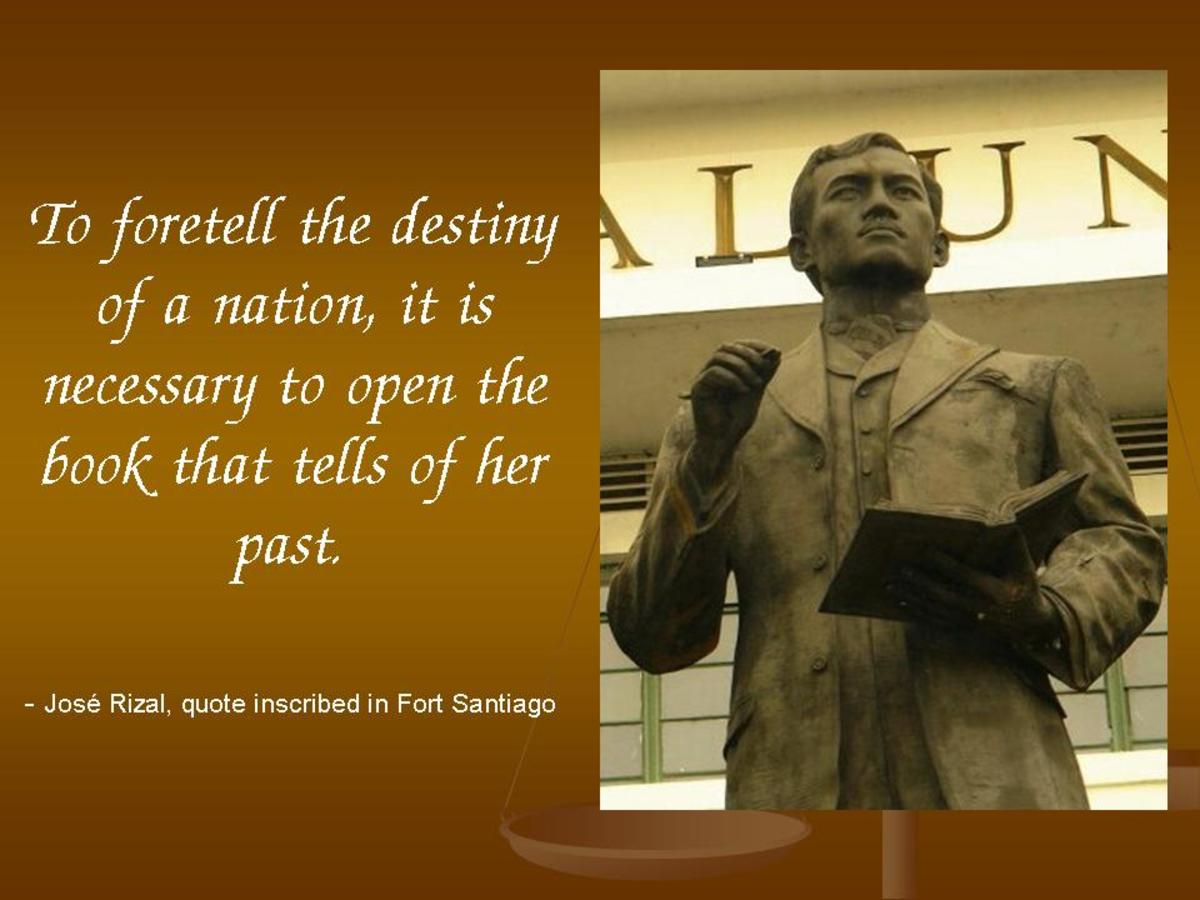The Mythic Emily Dickinson-American Poet 1830-1886
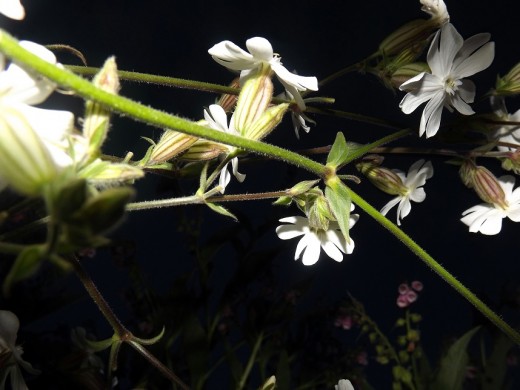
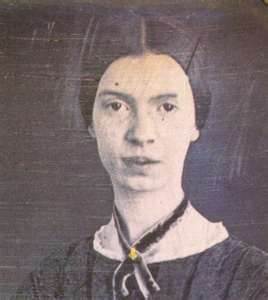
Emily Dickinson's Homestead
In June 2014 The University of Massachusetts began an archaeological study in the town of Amherst.
At the Homestead, once the garden and dwelling of the poetess Emily Dickinson.
Who resided there with her sister, mother and father.
In Emily's lifetime, in the local area she was more known for her gardening skills than her poetry.
She was sometimes seen in her white dress tending the plants at twilight.
Emily Dickinson's home and garden is now a museum which celebrates the Poet's life.
The archaeological dig found pottery dating from the period the family lived in the house.
It also revealed the size of the foundations of a conservatory.
Which was commissioned in 1855 by Edward Dickinson for his daughters Emily and Lavinia.
The purpose of this archaeology combined with archived photos of the site is to rebuild the conservatory as close to it's original state.
To further re-create the environment Emily Dickinson lived in.
Promoting an even deeper understanding and insight into this remarkable Poet..
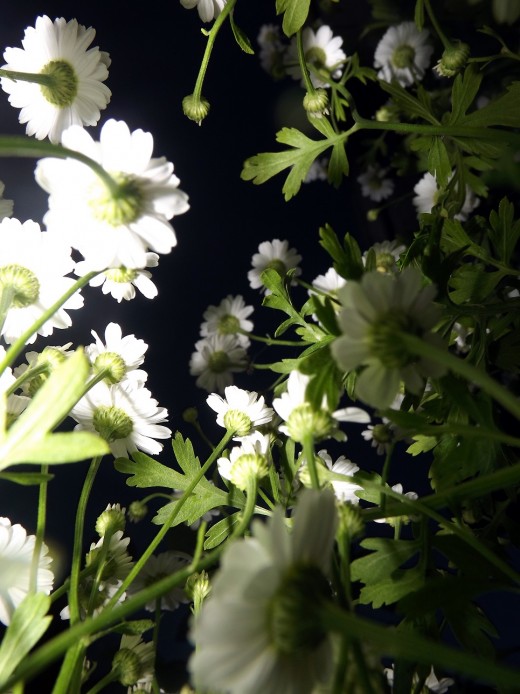
Emily Dickinson's Herbarium
Within Nature there is a constant cycle of Death and life.
In Emily Dickinson's poems this is a constant theme.
The tenderness of new love and life
Growth and harvest
Then dead flowers becoming seed.
At the age of nine Emily began to study Botany and began keeping an Herbarium.
It has been preserved by the Harvard Library and is available to look at on-line.
The book is sixty pages and is leather bound.
Some of the plants pressed have holes in the leaves.
A pressed poppy looks as if it has somehow continued to develop it's seed pod even after pressing.
The collection shows her microscopic attention to detail.
There is a feel of the art and crafts movement, which used natural forms as inspiration.
Poetry Everywhere: "I started Early" by Emily Dickinson
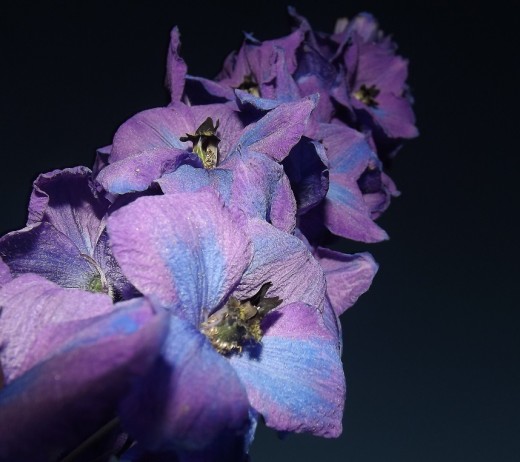
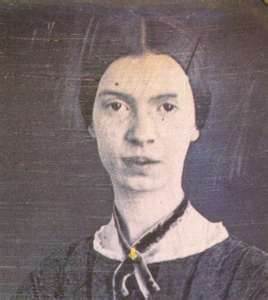
Biography-Emily Dickinson-American Poet
Emily Dickinson was born December 10th in the year 1830 at Amherst Massachusetts.
Her family were well connected in the area and prominent in profile.
The family's ancestors had arrived in America 200 years earlier following the Puritan migration from England in Europe.
Emily's Grandfather helped found the Amherst Academy in the town.
Her father Edward Dickinson was a lawyer. He was a forceful personality and held strong views. In 1827 he published a paper entitled "The proper Education of woman"
Emily grew up in an environment where woman were expected to follow certain professions like teaching or become home-makers.
At this time in history Amherst was a Puritan New England town.
Emily attended the Amherst Academy for seven years and spent one year at the Mount Holyoke female seminary in South Hadley.
Recent biographers have discovered in her letters. That she grew very homesick and was very relieved to not have to return to Holyoke to complete her studies.
Her siblings were Lavinia and Austin they would remain her companions throughout her life.
Lavinia and Emily were very close and both led very secluded lives.
They loved to learn and expand their minds through reading literature.
Her Brother Austin attended Law School and became an attorney- He still remained close to his family and eventually moved into the house next door to Emily.
Emily Dickinson also had five significant friends from childhood that endured into her adult life.
Amongst them were Abiah Root and Susan Huntington Gilbert (who married Austin).
In adult life Emily became reclusive much more so than her sister Lavinia.
Her friendships were kept alive by letters of correspondence.
Emily liked to play the piano.
She spent social times with her close family.
On special occasions Emily sent beautiful home-grown bouquet of flowers sometimes with hand-written poems tucked into the wrapping.
By 1867 if a visitor came to the house Emily would speak to them from behind a door
There are accounts of social gatherings,
Emily would enter the room and people would become uncomfortable of her presence.
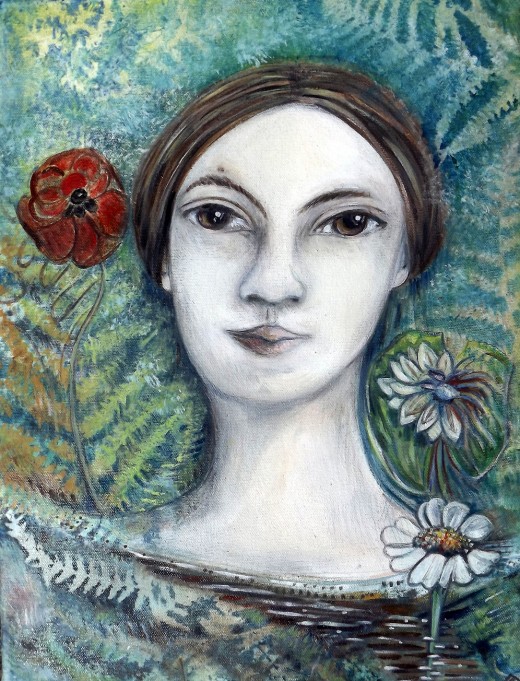
The Mythical Emily Dickinson
Emily Dickinson did not gain much recognition or see much of her poetry published in her lifetime.
She remained at her Father's house with her sister all her life, never married or had children.
She did not achieve fame like the English writer Emily Bronte- whose literature caused great reaction and recognition when published.
Emily achieved something quite different - In her own lifetime locally.
She became Mythical.
"A lady who people call Myth" - M Todd
This description can provide insight into how people were uncomfortable with her presence.
The dictionary meaning of Mythic- myth means "a traditional narrative usually involving supernatural or imaginary person"
Her story was already written into a mythic creature by people around her.
Eccentric and hardly ever seen.
Always dressed in white
Mysterious, dream like
spectral and unnerving
To see her must have been like an encounter with local legend.
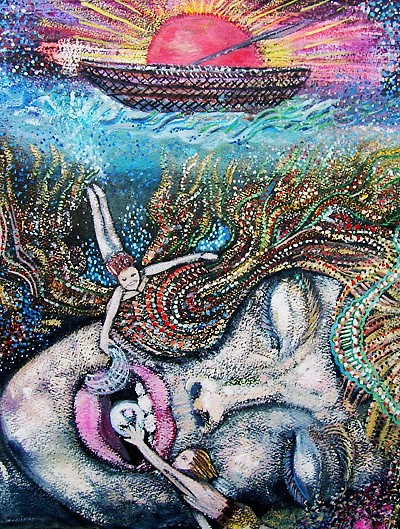
Emily Dickinson's Poetry-The dark and the light
The places people sometimes leave to fade into recesses in their psyche
Emily with use of poetry to express herself explored her psyche.
Faced her fears and experiences through her writing.
Her dreams, desires, Death, rejection and abandonment of failed love interests.
There were also themes of a Religious nature.
All those feelings and motivations of her social and physical life were poured into her poetry.
Often using Nature as a theme and flowers as metaphors..
The Dark and the light are both written about in Emily Dickinson's poetry.
With her wonderful gift with words.
Her thoughts and experiences still speak to people through her poetry today.
Emily Dickinson's Mythic presence is still with us.
.
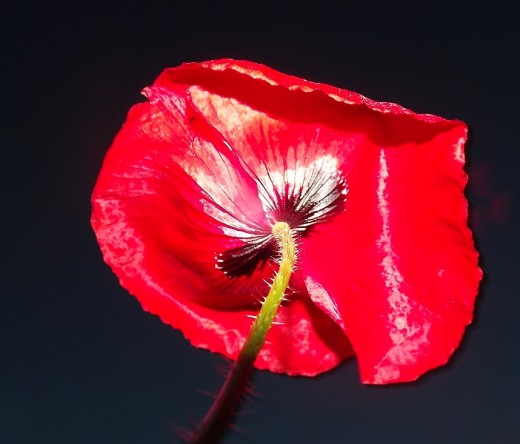
Emily Dickinson: The Poet's Civil War -- We That Wait
Emily Dickinson poetry of the American Civil War
Emily Dickinson was much traumatised by the Death of close friends and family through out her life.
The loss of which she never really recovered from.
She also lived through the Civil War in America.
In a letter of the time she wrote "Sorrow seems more general than it did"
Emily witnesses how grief was not contained to one estate but affected many.
Through expressions in her poetry.
Her private anguish became part of the collective anguish..
It is .now realised that Emily Dickinson and Walt Whitman were the first American poets to write of mass death.
One Need Not be a Chamber to be Haunted - by Emily Dickinson
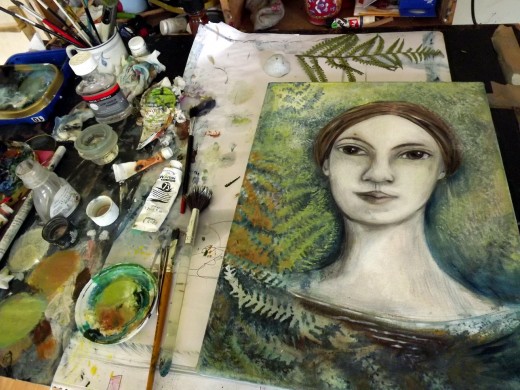
Emily Dickinson's Later life
In 1874 following a stroke Edward Dickinson died.
Emily and her sister became more involved in the care of their mother.
Who also had a stroke in 1875 and required full on care until her death in 1882
"Home is far from home" wrote Emily at this time.
Emily befriended a local respected Judge Lord Otis Phillips at this time.
He became great support and a trusted friend to her.
They have also been linked romantically- as was her relationship with the Rev Charles Wadsworth.
Unfortunately Charles Wadworth died in 1882 and Otis died in 1884
After perceiving a great foreboding of darkness coming towards her.
At the age of 55 years. Emily was taken ill and died of kidney failure in 1886.
Emily Dickinson had left instructions for her funeral arrangements.
Her body was laid in a white coffin and carried across a buttercup meadow.
To the West Cemetery at Triangle street at Amherst.
In the open casket there were flowers- Vanilla scented Heliotrope, lady's slipper Orchid and a knot of blue field violets.
Her mentor Thomas Wentworth Higgison read the poem "No Coward Soul is mine" By Emily Bronte.
Emily was laid to rest.
Publication
After Emily Dickinson's Death as requested to her sister.
Lavinia burnt all her personal letters.
Emily's poems were discovered locked in a box.
They were all hand written in bound booklets.
Publication was achieved of her poems.
At the time they were heavily edited.
Because of Emily's methods of using dashes instead of full stops.
In 1998 Ralph Franklin studied her poetry to bring it back to it's original state.

Because I Could Not Stop for Death - by Emily Dickinson - e-brink
Sources
Lecture pod cast- "My Wars are laid away in books"
Wikipedia
You tube- Audio Poetry of Emily Dickinson
